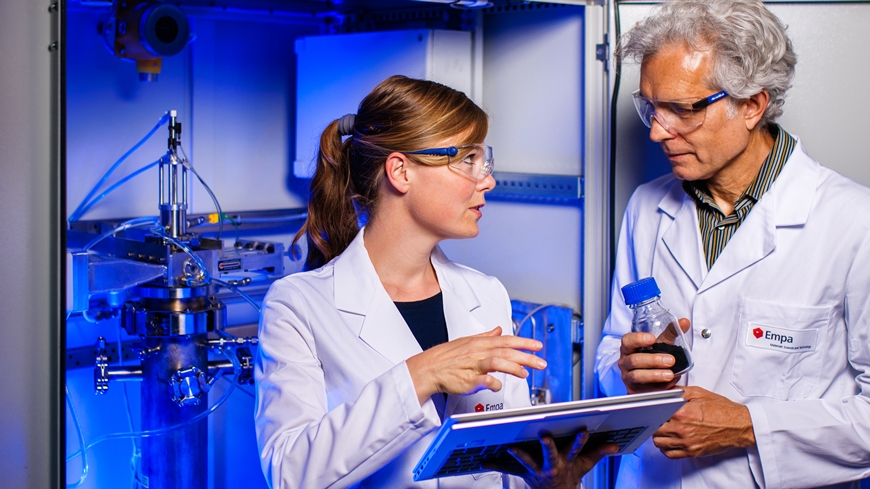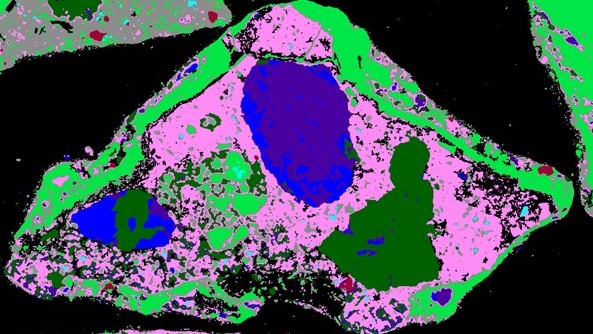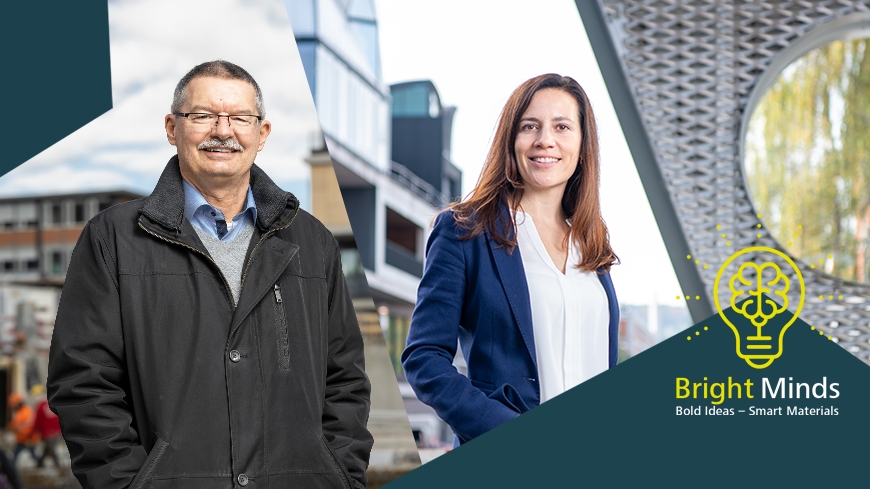New NEST unit in the making
Beyond zero
Are buildings that affect our climate in a positive way soon going to be a reality? In order to achieve the ambitious net zero target by 2050, we as a society need to rethink the standards and procedures we are living by. One of the most impactful sectors is the construction industry. Through the use of advanced technologies, buildings could soon serve as carbon sinks and thus help to ensure that the CO2 concentration in the atmosphere no longer increases, or at best even decreases. A set of innovations from the Empa laboratories that are strongly CO2-reduced and even CO2-negative, are therefore going to be installed and tested in a real environment – inside a new unit at NEST, the innovation building of Empa and Eawag.
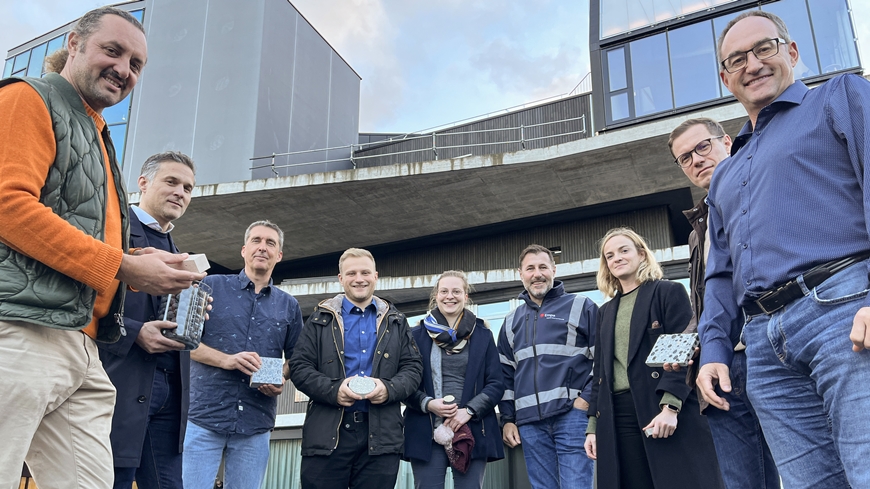
In Switzerland, the construction sector is responsible for approximately 28% of total CO2 emissions, which gives it a key role in the ambitious goal of emitting no more greenhouse gases into the atmosphere by 2050. In addition to low-emission construction and operation of buildings, there is another promising solution: CO2 from the atmosphere can be bound in building materials and thus stored in buildings in the long term. Empa's large-scale research initiative Mining the Atmosphere is aimed precisely at this goal. Through the construction of a new unit called Beyond Zero by 2026, NEST will demonstrate how a building that serves as a long-term storage facility for CO2 can be constructed and operated in a real-world environment.
Net zero is just the first stop along the way
With low-emission concrete constructions or carbon-negative insulation materials, promising technologies already exist on the market. "At NEST, we now want to go one step further and only see net zero as an interim goal. Our vision is to use buildings as CO2 sinks in the future – in other words, they should have a negative overall CO2 footprint," explains Reto Largo, Managing Director of NEST. "We see huge potential in new technologies for mineral building materials such as concrete in particular, as these are among the most commonly used building materials gobally."
Advancing and installing new technologies
In order to develop new CO2-negative building materials, install them and assess them in terms of emissions, different areas of expertise need to be pooled. In addition to support from various Empa laboratories under the direction of Mateusz Wyrzykowski, Group Leader Concrete Technology, the NEST team is also being supported in this project by the architectural firm OOS. Andreas Derrer, founding partner of OOS, says: "In order to usher in this new era in the construction industry, we do not only need new mineral building materials, but above all real examples that allow a holistic CO2 balance and a real analysis of potential. With this new unit, we want to provide answers to the pressing question of whether and how buildings can contribute to reducing the atmospheric CO2 concentration in the future."
Dr. Mateusz Wyrzykowski
Concrete & Asphalt
Phone +41 58 765 4541
Enrico Marchesi
Innovation Manager NEST
Phone +41 58 765 4705
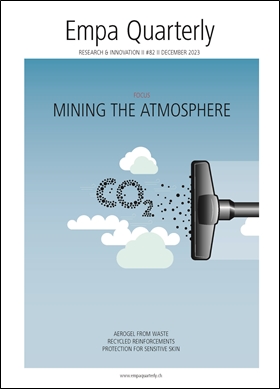
Empa Quarterly#82 Mining the Atmosphere
To limit climate change, we need to compensate not only for future emissions, but also for historical ones. One solution would be the "atmospheric vacuum cleaner": we remove the excess CO2 from the atmosphere. But what do we do with it? Instead of extracting the carbon for polymers, medicines, fibers, fuels and the like from crude oil, we use atmospheric CO2. This is the simple – yet extremely challenging in technical terms – idea behind Empa's new research initiative, Mining the Atmosphere.
Read the EmpaQuarterly online or download the pdf-version.
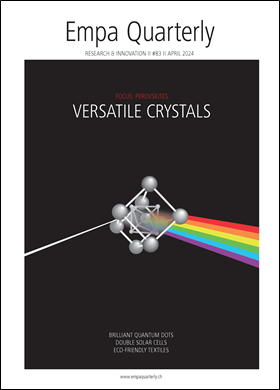
Empa Quarterly#83 Perovskites: Versatile cristals
Over 180 years ago, a curious crystal was discovered in the Ural Mountains. Today, it has given rise to an entire class of materials that is of great interest to researchers: perovskites. What all perovskites have in common is their crystal structure, which gives them unusual properties. By changing the exact composition of the perovskite, scientists can control these properties. Empa researchers are using this promising material to develop solar cells, detectors and quantum dots.
Read the EmpaQuarterly online or download the pdf-version.
-
Share

|
Ignoring efficiency If energy is harvested in the Earth's sun belt, converted and transported, this reduces the efficiency of the process. The balances show that this is not a probem for the pyrolysis of synthetic methane. |
|
Building on CO2 Chemical processes can bind CO2 in various forms. The construction sector with its huge volumes, is a perfect candidate to making use of them. Empa researchers are working on processes that give reason for optimism. |







